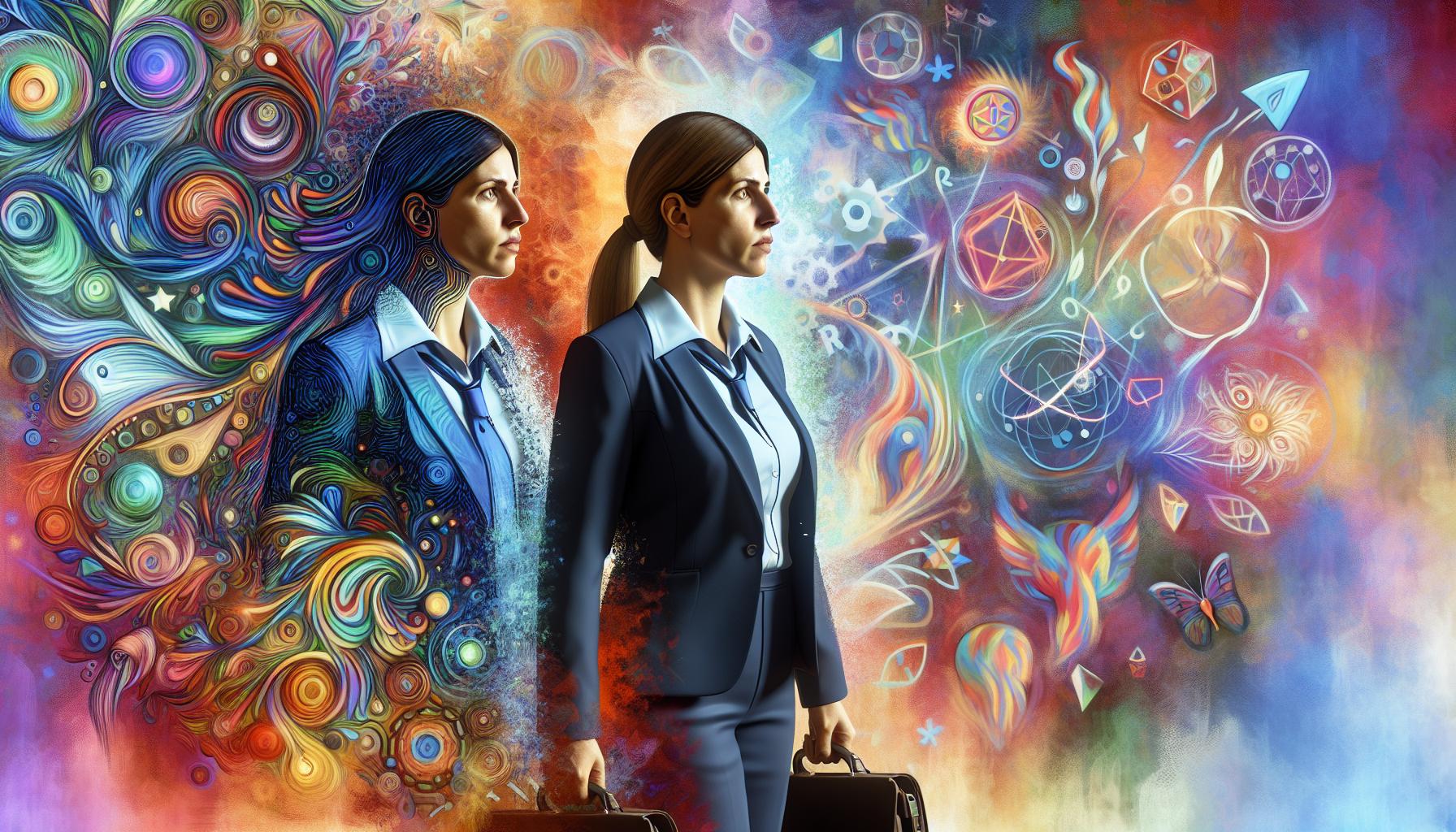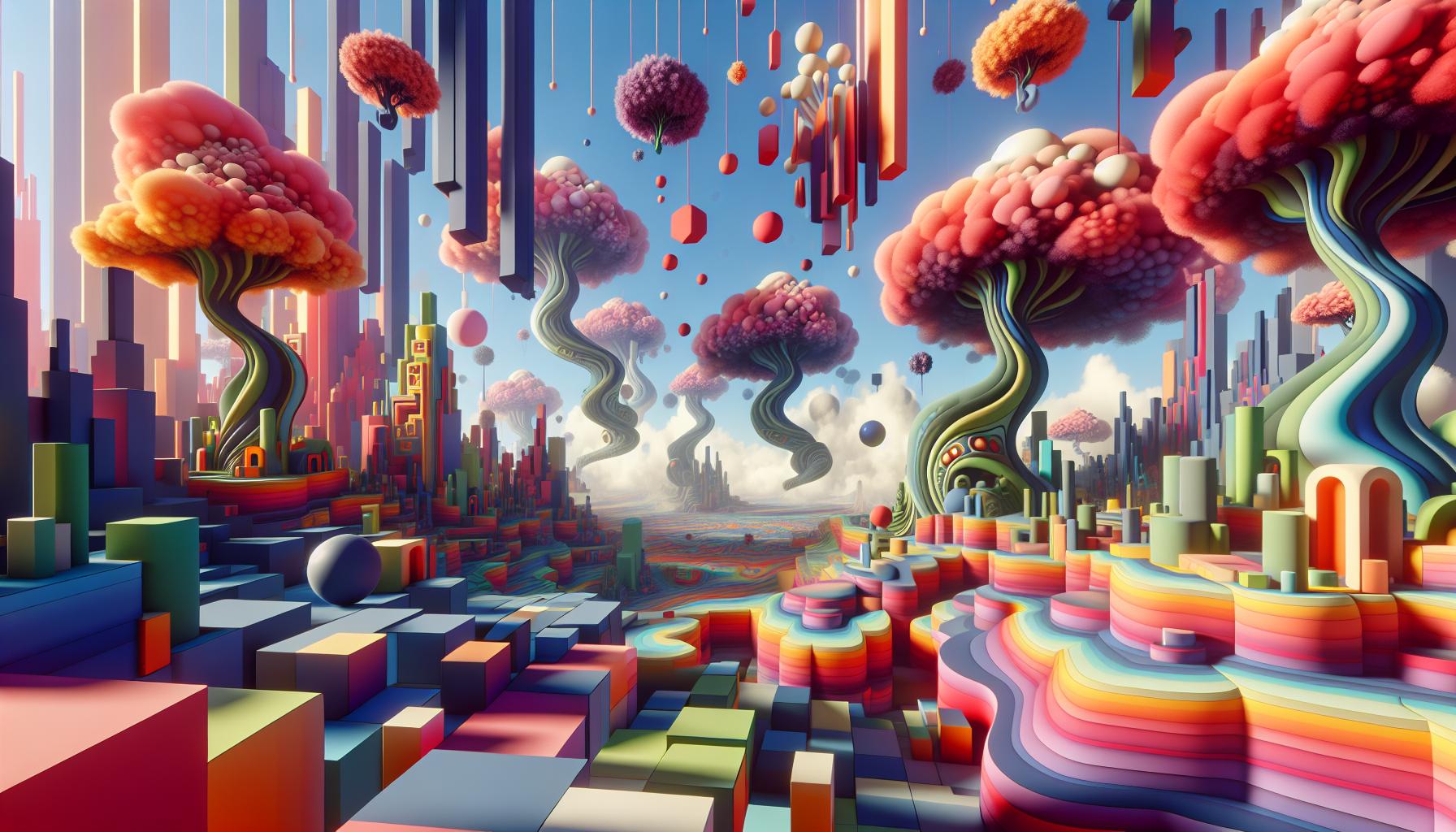When it comes to mind-bending narratives in anime, Paprika stands out as a mesmerizing masterpiece. Directed by the visionary Satoshi Kon, this film explores the thin line between dreams and reality, taking viewers on a thrilling journey through the subconscious. I’ve always been fascinated by how Paprika blends stunning visuals with complex themes, creating an experience that lingers long after the credits roll.
As I dive into this captivating world, I’ll unravel the layers that make Paprika not just a film but an exploration of human consciousness. From its rich symbolism to its groundbreaking animation techniques, every aspect invites us to question our perceptions. Join me as we explore what makes Paprika a pivotal work in the anime genre and a timeless classic that continues to inspire creators and fans alike.
Key Takeaways
- Visionary Direction: Directed by Satoshi Kon, “Paprika” is celebrated for its groundbreaking exploration of dreams and reality, establishing it as a pivotal work in the anime genre.
- Complex Narrative: The film intricately weaves multiple plot lines and rich symbolism, inviting viewers to delve into themes of identity, technology, and the subconscious.
- Innovative Animation: “Paprika” utilizes a blend of 2D and 3D animation techniques to create immersive dream sequences that captivate the audience and amplify the film’s narratives.
- Cultural Impact: The film not only received critical acclaim in Japan but also influenced international cinema, notably inspiring films like Christopher Nolan’s “Inception.”
- Emotional Soundtrack: Yuji Nomi’s diverse score intricately complements the dreamlike quality of the film, enhancing emotional connections and viewer experience.
- Timeless Relevance: “Paprika” continues to resonate with both anime enthusiasts and broader audiences, serving as a timeless exploration of human consciousness and societal dynamics.
Anime:zp-0sedgqtm= Paprika
“Paprika” is a groundbreaking anime film directed by Satoshi Kon, released in 2006. The film explores the concept of dreams and their influence on reality through the story of Dr. Atsuko Chiba, a psychologist who uses a device called the DC Mini to enter patients’ dreams. Chiba transforms into her dream world alter ego, Paprika, showcasing a vivid juxtaposition between her professional life and the surreal landscapes of dreams.
The animation is visually stunning, featuring a vibrant color palette and fluid motion that captivates viewers. Satoshi Kon employs innovative techniques, like blending 2D and 3D animations, to create immersive dream sequences that push the boundaries of traditional storytelling. The film’s narrative weaves together multiple plot lines, each with rich symbolism that encourages viewers to interpret deeper meanings.
Themes include the struggle between individuality and collective consciousness, the nature of identity, and the impact of technology on human experience. The dreamscapes inhabited by Chiba and Paprika blur the lines between imagination and reality, inviting the audience to question their perceptions. Kon’s work not only influenced subsequent anime but also left its mark on international cinema, inspiring creators like Christopher Nolan in films like “Inception.”
“Paprika” stands out as a significant work within the anime genre due to its ambitious narrative and artistic achievements. Its cultural impact continues to resonate, attracting both anime enthusiasts and broader audiences who appreciate its profound exploration of the subconscious.
Plot Summary

“Paprika,” directed by Satoshi Kon, presents a captivating narrative that interlaces dreams and reality. The film intricately explores the psyche through its rich visuals and complex symbolism.
Key Characters
- Dr. Atsuko Chiba: A dedicated psychologist who uses the DC Mini to enter her patients’ dreams, she embodies both a professional and a dreamer when she transforms into Paprika.
- Paprika: The vivid and adventurous alter ego of Dr. Chiba, she represents the untamed aspects of the subconscious, navigating through dreamscapes to solve conflicts.
- Dr. Kosaku Tokita: A brilliant inventor of the DC Mini, he assists in the exploration of dreams but becomes entangled in the narrative’s complexities as dreams spiral out of control.
- Detective Konakawa: A restless detective who seeks resolution for his dream-based trauma, his journey intersects with Paprika’s, creating a dual quest for understanding.
- The Chairman: The antagonist who exploits the DC Mini’s capabilities, symbolizing the dangers of technology and manipulation of the mind.
- Reality vs. Dreams: The film challenges perceptions of reality, blurring the boundaries between the conscious and subconscious, prompting viewers to question their understanding of both.
- Identity: The struggle between Dr. Chiba’s professional persona and Paprika highlights the complexities of identity and the multifaceted nature of self.
- Technology’s Impact: “Paprika” critiques how technology influences the human experience, examining both its potential benefits and inherent dangers as it affects mental health and societal dynamics.
- Collective Consciousness: The narrative explores how individual dreams can intertwine, showcasing shared experiences while navigating the depths of personal and collective psyche.
- Symbolism of Dreams: The film employs dreamscapes as a canvas for exploring deeper psychological issues, with vibrant imagery serving as metaphors for fears, desires, and unresolved conflicts.
Animation Style and Techniques

“Paprika” showcases an innovative animation style that significantly contributes to its narrative depth and emotional resonance. The combination of various techniques produces vivid dream sequences that engage viewers on multiple levels.
Visual Aesthetics
“Paprika” employs a distinctive blend of 2D and 3D animation, providing a surreal quality that mirrors the film’s exploration of dreams. Each scene bursts with intricate details, seamlessly transitioning from one visual motif to another. Fluid movements and dynamic camera angles create a sense of immersion, pulling me deeper into the dream world. The character designs exhibit unique traits, enhancing their personalities and roles, from Dr. Chiba’s professionalism to Paprika’s whimsicality. The rich array of imaginative landscapes, such as dream-like cities and bizarre environments, heightens the film’s surreal nature and invites viewers to interpret their significance.
Use of Color and Design
Color plays a vital role in “Paprika,” influencing mood and narrative flow. The film uses bold, vibrant colors to symbolize various emotional states and dream themes. Warm hues evoke passion and desire, while cooler tones suggest calmness or melancholy. Iconic scenes, such as the transforming landscapes of dreams, exemplify this with their striking contrasts. Design choices further enhance understanding; for example, physical objects within dreams change according to characters’ emotions, illustrating their psychological states. Such deliberate use of color and design enriches the visual storytelling, inviting viewers to experience the complexity of dreams and their relation to reality.
Soundtrack and Score

The soundtrack of “Paprika” plays a crucial role in enhancing the film’s dreamlike quality. Composed by Yuji Nomi, the score effectively encapsulates the emotional depth and complexity of the narrative while establishing a unique auditory experience.
Composer and Influences
Yuji Nomi’s score is a blend of orchestral elements and electronic music, reflecting both the psychological themes and the surreal nature of dreams. Nomi drew inspiration from various musical genres, including classical and contemporary electronic sounds, which aligns with Satoshi Kon’s vision of merging dreams with reality. The incorporation of traditional Japanese instruments enriches the mix, providing cultural resonance. This fusion not only enhances emotional moments but also complements the striking visuals, grounding the audience amidst the chaotic dreamscapes.
Impact on Viewer Experience
The music profoundly impacts viewer experience by creating an immersive atmosphere. The score transitions seamlessly with the film’s shifts between dreams and reality, amplifying moments of tension and revelation. For instance, ethereal melodies accompany dream sequences, heightening feelings of wonder and unease. The rhythmic variations further evoke different emotional responses, from excitement to introspection. Nomi’s music invites viewers to engage more deeply with the characters’ journeys, effectively embodying the film’s central themes of identity and consciousness. This intricate interplay between score and narrative elevates “Paprika” as an unforgettable cinematic experience, resonating with audiences long after the credits roll.
Cultural Significance
“Paprika” holds a vital place in both Japanese and global contexts, demonstrating its far-reaching implications. The film’s exploration of dreams and technology resonates deeply within cultural dialogues, making it a noteworthy subject of analysis.
Reception in Japan
“Paprika” received critical acclaim in Japan upon its release in 2006. The film’s innovative storytelling and artistic integrity garnered attention from critics and audiences alike. It won the Japan Academy Prize for Animation of the Year, further solidifying its cultural stature. The unique portrayal of dreams captured the imagination of viewers, reflecting societal concerns about the encroachment of technology on individual consciousness. Fans appreciate Satoshi Kon’s ability to merge psychological depth with visual creativity, establishing “Paprika” as a cornerstone of contemporary anime.
Global Impact
Globally, “Paprika” transcended cultural boundaries, influencing a diverse array of creators. The film’s themes and techniques left an indelible mark on international cinema, notably inspiring filmmakers such as Christopher Nolan in his exploration of dreams in “Inception.” Festivals showcased “Paprika,” introducing it to audiences who may not typically engage with anime, thus broadening its appeal. Cultural critiques often reference the film’s examination of collective consciousness and technology’s role in shaping human experience, making it relevant to ongoing discussions worldwide. “Paprika” continues to engage viewers, highlighting its importance as a cultural artifact with timeless relevance in both Eastern and Western contexts.
Masterpiece
“Paprika” stands as a remarkable achievement in anime that captivates audiences with its stunning visuals and thought-provoking themes. The film’s ability to intertwine dreams and reality invites viewers to explore their own perceptions of identity and technology.
I find its innovative animation techniques and rich symbolism truly inspiring. This film not only showcases Satoshi Kon’s genius but also serves as a cultural touchstone that continues to influence creators worldwide.
Whether you’re a seasoned anime fan or just beginning your journey, “Paprika” offers a unique experience that lingers long after the screen goes dark. It’s a masterpiece that deserves a place in any film lover’s collection.


